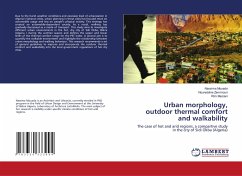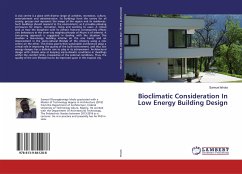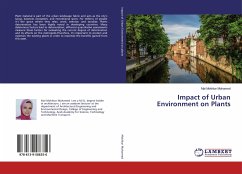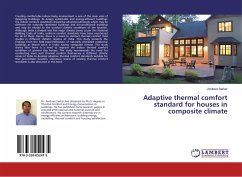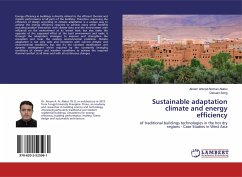In this doctoral research, optimum orientation and Canyon Aspect Ratio (CAR) is proposed for the residential neighbourhoods of the Rajarhat Newtown, India. The study is carried out using Envi_met ver. 4.0, a prognostic computational fluid dynamics simulation tool, for simulating the urban microclimate and assess the impact of different canyon designs on outdoor thermal comfort. Design alternatives (scenarios) of different orientations (0-90° at 15° increment) and CARs (0.6, 1, 1.5, 2 and 2.5) are generated and simulated. Performance analysis of the scenarios are carried out by comparing two thermal comfort indices, Physiological Equivalent Temperature (PET) and Universal Thermal Climate Index (UTCI), so that the changes in microclimate incurred by different orientation and CAR, can be accessed in terms of human thermal comfort on street level. The study concludes that orientation angle of 30° to 60° from north and CAR of 2.5 performs more efficiently in the Rajarhat Newtown by providing better shading and better wind movement to reduce the outdoor thermal stress.
Bitte wählen Sie Ihr Anliegen aus.
Rechnungen
Retourenschein anfordern
Bestellstatus
Storno



